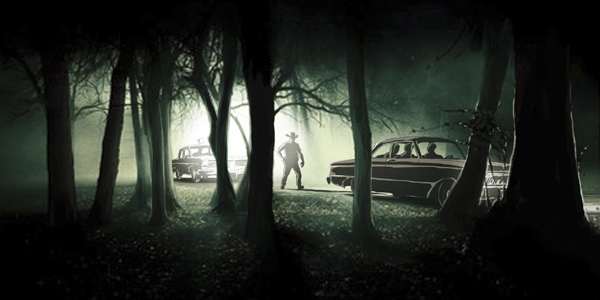Two Trains Runnin’ equally and vividly re-creates the North to South paths of two idealistic American stories in the summer of 1964, when, as Bob Dylan warned, “The Times They Are A-Changin’.”
For white Northerners, traveling to the Mississippi Delta was like going to another country. The oral history of Freedom Summer is tragically familiar and already well documented, but the simultaneous searches for legendary blues singers, and how they sparked the blues revival that brought a distinctive African American musical style to the wider world, is compiled here in unique visual and aural detail. The country blues aficionados from Berkeley, Cambridge, New York, and Washington, DC, were obsessed with early-1930s 78 records by the otherwise forgotten Son House and Skip James.
Filmmaker Sam Pollard had previously directed episodes of the classic, recently restored public television series on the civil rights movement Eyes on the Prize (1987). Stanley Nelson’s superb Emmy-winning Freedom Riders (2010) also featured interviews with these same participants. Even though there are new interviews with Southern Movement leaders, including Curtis Muhammad and Robert Moses (plus David Dennis, who joined the filmmakers at the New York Film Festival premiere), along with recently researched archival images, this half of the film feels like old clips brought in for those uninformed about this history. (Not that it stops a viewer from tearing up at the violence and deaths.) There’s already more than enough detail to establish the needed context, unless this is intended for young students.
These blues fans were college students (like many of the Freedom Riders), record collectors, and musicians on the East and West coasts. The search for Skip James is read from the autobiographical stories collection by the late folk guitarist John Fahey, How Bluegrass Music Destroyed My Life, and is illustrated in animation by the Swedish studio Apparat, which did a comparable presentation in Searching for Sugar Man (2012). Fahey had located the long-lost Bukka White the year before, so he confidently set off to look for James with his friend Ed Denson (who is interviewed), and he finally found the musician depressed in a hospital.
Dick Waterman’s account of his wandering quest for Son House emphasizes his naiveté. He and his companions had no idea that a New York license plate was going to make them look like “outside agitators” as they traveled dirt roads along cotton fields asking for a musician whose real first name they didn’t even know. In the evocative animation, the son of the former bluesman Rev. Robert Wilkins recounts how his father not only saved the travelers from an encounter with suspicious good ole boys but helped lead them to their destination: revealing that Eddie “Son” House had moved to Rochester, NY. Back north they went, and a lone photograph documents their success.
Newsweek crowed the next week that the two legends, House and James, were found on the same day, but history remembers more that it was the same day—June 23, 1964—when James Chaney, Andrew Goodman, and Michael Schwerner were murdered for working on African American voter registration.
Maybe the terrible news from the South made white audiences that much more interested in hearing from authentic voices. Thrilled blues fans were able to get their idols added to the lineup for the iconic Newport Folk Festival (though James fell ill at the last minute). Waterman and other writers reverently recall House joining in the all-star “Blues House” jam with the likes of John Hurt, Fred McDowell, Sleepy John Estes, and the Rev. Wilkins.
Not mentioned is their participation in the influential, internationally touring American Folk Blues Festival that was key in bringing the blues revival to new audiences, though their impact on British bands is specifically cited. (The Rolling Stones also expanded the popularity of Muddy Waters, whose song inspired the film’s title.) Waterman went on to manage and book their late blooming careers, and one of his fellow searchers, Nick Perls, later founded the important blues archival Yazoo Records.
Too bad there’s no discussion about why the blues still don’t attract much of an appreciative African American audience, based on what I see at free blues concerts and festivals and since I became a fan from attending the same summer camp as a kid with Bonnie Raitt, inspired by our counselors’ albums. The film tries to cover that lacunae by featuring younger African American musicians covering James and House songs who are now preeminent blues carriers: Gary Clark Jr. and Chris Thomas King, as well as newcomer Valerie June and another legend, Buddy Guy. Other expressive live covers of James and House songs are also exquisitely performed by Lucinda Williams, Jimbo Mathus, Luther Dickinson solo and with the North Mississippi Allstars.
The conclusion of theses remarkable blues rediscoveries feels rushed, though, in order for the film to focus on how the #BlackLivesMatter demonstrations have revived the relevancy of the problems that the civil rights movement confronted 50 years ago. Unfortunately, there will always be reasons to sing the blues.







Leave A Comment